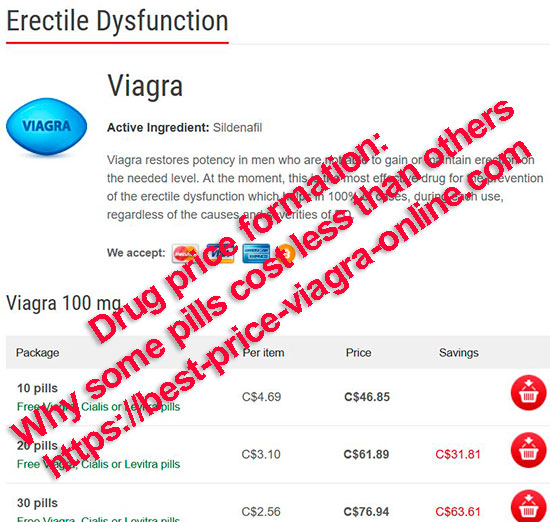Let us talk once again about what determines the cost of different medications. In other words, I propose to discuss drug price formation. Why some medicines cost much more or less than others, even those of similar composition? I hope after reading this article you will have no more questions regarding it.
How much does a pill really cost? Price formation alphabet
First of all, the final price of a medicine depends directly on its cost – the manufacturer’s real expenses on the development, research and production of the drug. Usually, the cost is 30-35% of the final price of the medication. Also, don’t forget about marketing and advertising costs, as well as trade margins.
In fact, the cost of manufacturing the first invented drug may be estimated in billions of dollars. Moreover, it can take up to 10-12 years to develop only one medication. Therefore, the price for original medicines will always be fairly higher than for generics.
What can be the difference in price for generics and originals?
Obviously, it is cheaper to produce analogues, since you do not have to develop a new formula or pay for additional research. Accordingly, the price of such drugs is lower than the final cost of original medicines. Most often, the difference can be 20% to 50%.

Regardless of whether we mind original tablets or their equivalents, we will have to add distributor and pharmacy profit to the initial cost. Actually, the state cannot always regulate this market. Moreover, government intervention often leads to even greater price increases.
Drug price formation: Basic principles
I will list the main ways of drug price formation from the point of view of economics and pricing:
- Market pricing based on the classic supply and demand correlation scheme. If the buyer is satisfied with the price of the medicine, he makes a purchase. Otherwise, demand falls, and the manufacturer has to cut prices.
- Government pricing. In this case, the state determines the prices for medicines by setting maximum permissible sums. To assure that, it has to involve health insurance and reimbursement programs.
- Mixed pricing. In other words, when the state works on price regulation issues partly, and only for certain groups of prescription drugs.
Hopefully, now it became clearer why good medicines sometimes cost more than we expect. Fortunately, on this website you can find some links to the stores with fair prices.